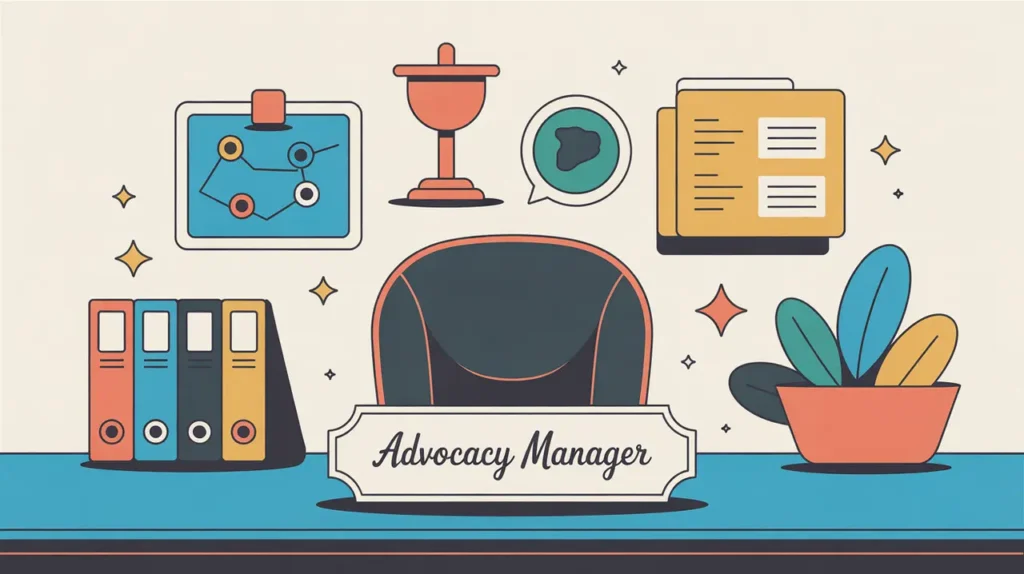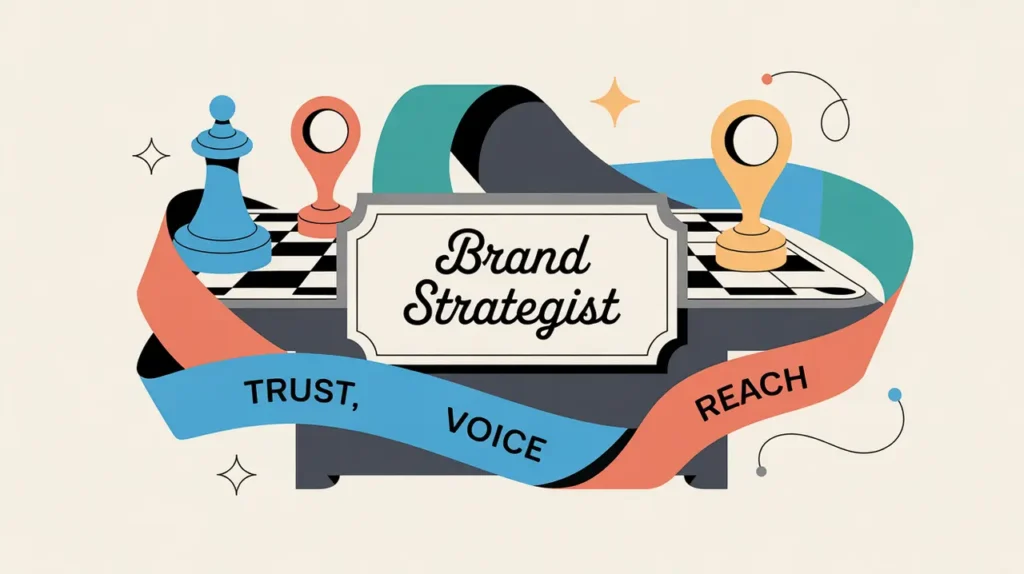What Does the Director of Advocacy Role Involve?
A director of advocacy is responsible for shaping and leading the organization’s advocacy strategy to influence public policy, mobilize stakeholders, and advance mission-driven goals. This involves overseeing policy analysis, campaign design, coalition building, strategic communications, and engagement with decision makers. The role typically sits within the external affairs, policy, or advocacy function and works closely with leadership, communications, programs, and partnerships teams. In both nonprofits and social enterprises, directors of advocacy play a central role in amplifying organizational voice, driving systemic change, and positioning the organization as a credible and effective actor in the public arena.
At What Level does this Role Operate?
Executive Level: This role typically reports to the chief executive officer, chief policy officer, or another senior executive. It involves leading teams, managing budgets, setting strategic priorities, and representing the organization at high levels with policymakers, partners, and the public.
Relative Employability: Director of advocacy roles are in steady demand across nonprofits, social enterprises, think tanks, coalitions, and mission-driven organizations that engage in policy influence. Individuals with strong policy acumen, strategic leadership skills, and coalition-building experience are highly sought after.
Relative Pay Scale: Within nonprofits and social enterprises, director of advocacy roles sit in the executive pay bands, reflecting their strategic influence, leadership responsibilities, and role in shaping public impact.
What are the Key Responsibilities and Activities?
- Develop and lead advocacy strategies that advance the organization’s mission and policy objectives
- Oversee policy analysis, campaign design, and stakeholder engagement activities
- Build and manage coalitions and partnerships to strengthen advocacy efforts
- Engage with government officials, legislators, and policymakers to influence policy decisions
- Represent the organization in high-level forums, conferences, and media engagements
- Supervise advocacy teams, providing strategic direction and performance oversight
- Collaborate with communications teams to shape narratives and public messaging
- Monitor and evaluate advocacy outcomes to refine strategies and report impact to leadership and stakeholders
What Core Competencies and Qualifications are Needed?
Required Qualifications and Experience
The following reflect common qualifications and experience expected for this role, while recognizing that pathways may vary by context, organization, and region.
- Relevant academic background in public policy, political science, law, social sciences, or a related field, or equivalent professional experience
- Extensive experience in advocacy, policy, or public affairs, with a proven track record of influencing policy or public opinion
- Strong leadership and coalition-building skills
- Excellent strategic thinking, communication, and negotiation abilities
- Familiarity with legislative processes, government relations, and political contexts
Key Competencies
- Strategic advocacy and policy influence
- Coalition building and stakeholder engagement
- Leadership and team management
- Strategic communications and narrative framing
- Policy analysis and political navigation
- Representation and high-level negotiation
How are AI and Automation Shaping this Role?
An AI-native director of advocacy will look to AI and automation to deepen policy analysis, enhance strategic intelligence, and increase campaign effectiveness. They can use AI tools to analyze legislative data, monitor stakeholder sentiment, track media narratives, and identify emerging policy opportunities. Automation can support rapid information gathering, targeted outreach, and performance tracking, allowing directors to focus on strategy, coalition building, and high-level influence. By integrating AI thoughtfully, directors of advocacy can amplify their impact and operate with greater agility in dynamic policy environments.
What Career Pathways and Transferable Skills are Associated with this Role?
Director of advocacy roles can lead to positions such as chief policy officer, chief engagement officer, or executive leadership roles within mission-driven organizations. The skills developed in strategy, policy influence, coalition building, and leadership are highly transferable across nonprofits, social enterprises, government, multilateral organizations, and private sector entities engaged in advocacy. This role provides a strong platform for shaping policy agendas and advancing systemic change at national and global levels.







